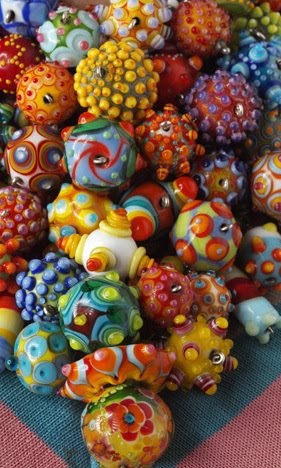Our current assignment at the Fab Academy involves learning to program microcontrollers. I'm going to to make strips of LEDs to attach to my bike wheels. When rotating, the strips will create patterns in light, and make me much more visible when biking at night.

Light- emitting diodes can be very simple to use, but I played with a few different (unnecessary) things above to learn more about them.

Here I learned to program how long each light is on, and how long the pauses last between each illumination. I tried to write a pattern of lighting that emulated the syncopation of a heartbeat.
Whoa!

Light- emitting diodes can be very simple to use, but I played with a few different (unnecessary) things above to learn more about them.

Here I learned to program how long each light is on, and how long the pauses last between each illumination. I tried to write a pattern of lighting that emulated the syncopation of a heartbeat.
Whoa!




















































